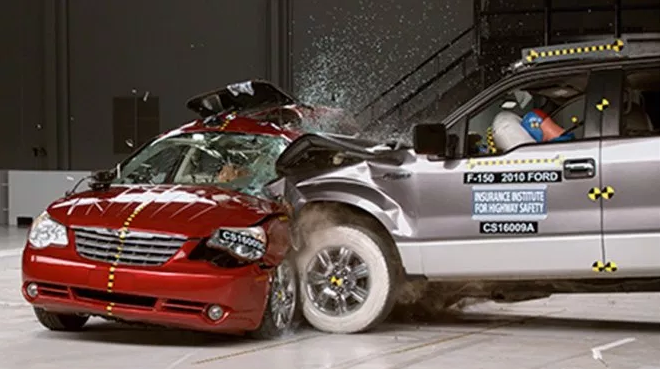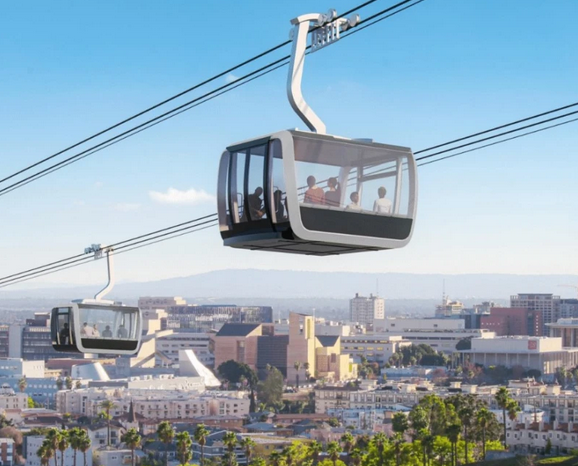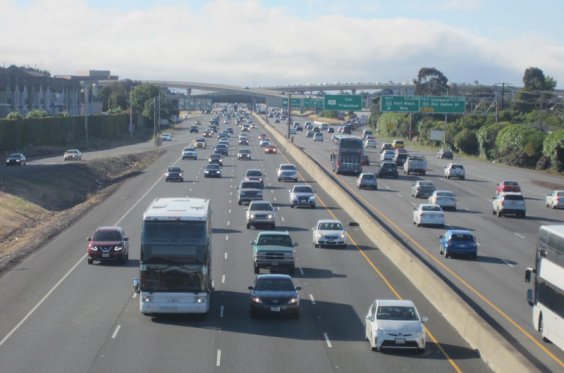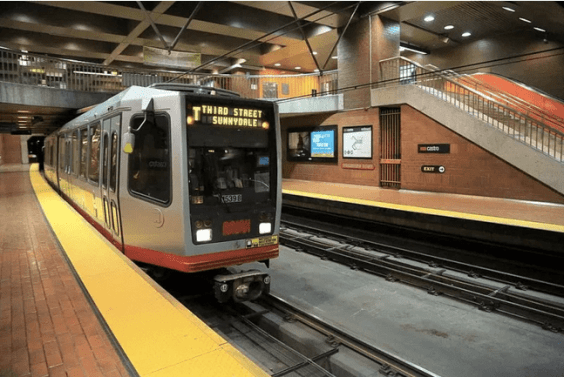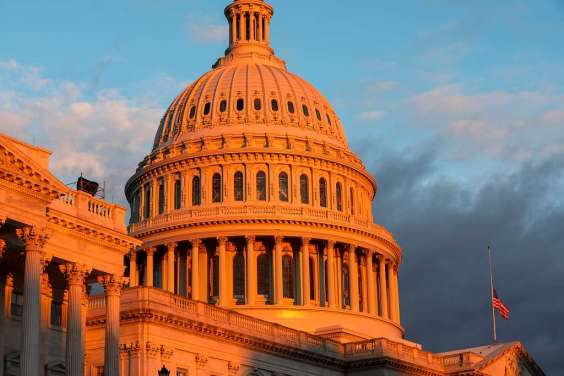We can expect more dead people on Texas roads, thanks to Texas Gov. Greg Abbott, who signed a bill last week banning red light cameras.
Time and time again, injuries and deaths have increased in cities that have banned automated traffic enforcement.
After Houston banned red-light cameras in 2010, for example, fatal crashes at intersections rose 30 percent, and overall crashes rose 116 percent, according to data provided by Houston police. In 2015, the city was named the most dangerous city for red light running in the nation by the National Coalition for Safer Roads in 2015.
A 2017 study by the Insurance Institute for Highway Safety analyzed what happened in 19 cities that shut off the cameras over the previous decade. They found that compared to peer cities that left them on, the fatal crash rate at signalized intersections was 16 percent higher.
The debate in Texas was dominated by people who felt victimized by getting tickets. But for the actual victims of red-light running crashes, the effects are pretty devastating. These crashes are fairly high-speed and often deadly.
Adrienne Patterson was struck by a red-light running trying to cross an intersection in Austin in 2013. She suffered a traumatic brain injury.
"I am different now. I am different than I was before," she testified before the Texas Senate Committee on Transportation (at 2:20 in the linked clip) in March.
"Traumatic brain injury effects anxiety, coordination, socialization, exhaustion, personality, relationships, ability to function, depression, seizures, confusion, headaches, decision-making, contemplation, emotions and vision," she said. "These are a few of the things I deal with on a daily basis."
Prior to the ban, Austin had red light cameras, but only in nine locations. Local police report they have reduced crashes at those intersections 40 percent since 2013.
Texas already has some of the nation's deadliest roads. About 10 people are killed on the states roads daily. In 2017, a total of 3,721 lost their lives. Still for the Texas legislature and Abbott, protecting people from fines is more important than protecting people from getting killed or injured by red light runners. I don't expect them to be very circumspect, but we'll soon see the result.
The Texas legislature was apparently influenced a lot by a study out of Case Western Reserve University that found red light cameras had no effect on traffic safety. The paper by Justin Gallagher, who is currently an associate professor at Montana State University, has never been published or peer-reviewed. And it's an outlier, since most studies show red light cameras have pretty clear safety benefits.
"The entire state of Texas elected officials completely based everything they did on this guy's work," said Jay Crossley, of the nonprofit group Farm and City, which is trying to improve traffic safety in Texas.
I'm a supporter and think you do great work. But on this one I disagree. Red light cameras reduce fatalities. By removing this, you're encouraging people to run red lights and increasing serious t-bone crashes.
— Alan Boden (@UKFishguy) June 2, 2019
Neil Arason, a Canadian traffic safety expert, told Streetsblog that the study was a bit flawed from a traffic safety perspective in that it didn't take into account crash severity. Sometimes, red light cameras do increase minor fender benders, but they still improve safety because they reduce the much more serious high-speed T-bone-style crashes.
People can pick and choose studies that support their biases, said David King, an urban planning professor at Arizona State University.
"The totality of camera studies suggest safety improvements," he said.
A report from Greg Abbott's office was based heavily on the Gallagher study, U.S. News and World Report reported. The other more numerous studies showing they worked were simply disregarded.
In the end, people don't want to hear about studies that show red light cameras work.
"It’s terrible and horrifying," said Crossley. "In street safety, there is no fun answer."
